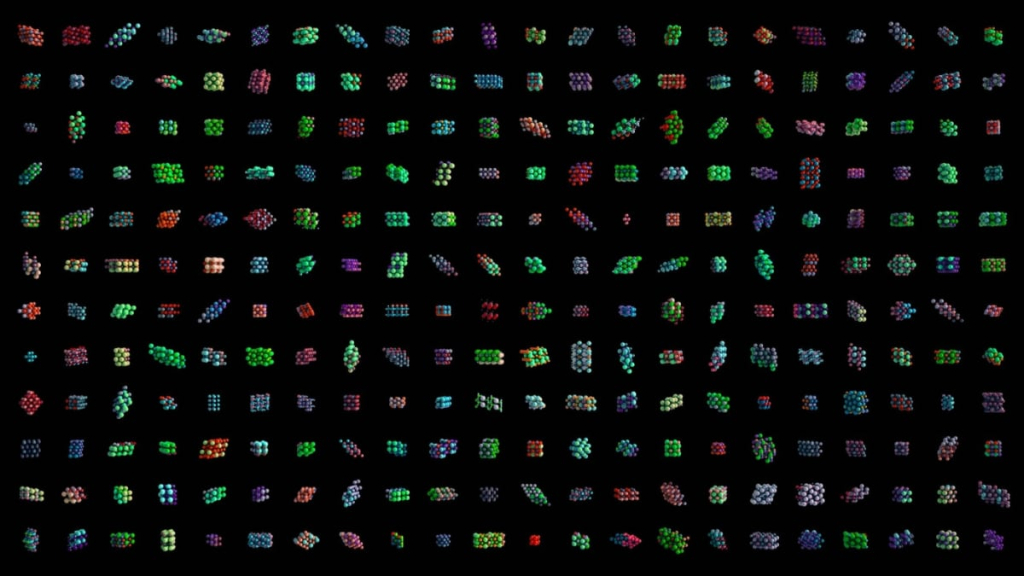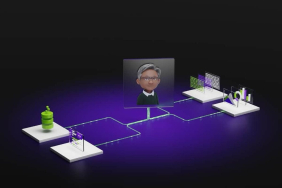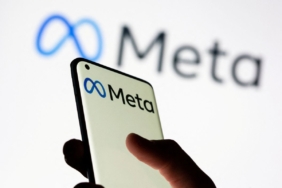Last week, Microsoft researchers introduced an innovative artificial intelligence (AI) model designed to create new inorganic materials with specific properties. Named MatterGen, this open-source large language model (LLM) is now accessible to the public. The team also released a paper emphasizing how this technology can expedite the design of materials for energy sources, semiconductors, and carbon capture applications. MatterGen employs a diffusion-based architecture akin to that used in AI models such as OpenAI’s Dall-E and Stability AI’s Stable Image Ultra.
Microsoft Unveils MatterGen AI Model
While generative AI models are typically recognized for producing text, images, audio, and video based on user prompts, MatterGen distinguishes itself from conventional large language models. According to a blog post published last week, it can interpret user requirements and generate a diverse array of inorganic material designs.
The traditional process of material design is often slow and systematic, with scientists relying on expertise and intuition to produce improved designs. A notable advancement in this area includes the recent incorporation of lithium carbide batteries in smartphones, which offer greater capacity while occupying less space. Nonetheless, human-led designs often entail lengthy experimentation and development cycles.
In contrast, MatterGen can swiftly produce crystalline structures that span the periodic table and integrate various elements. The model operates at an atomic scale, fine-tuning atom types, coordinates, and periodic lattices. It not only generates material designs rapidly but also conducts simulation-based experiments to assess each design’s viability, efficiency, and durability.
The researchers indicated that they utilized a diffusion architecture for this AI model, commonly applied in image and video generation due to its enhanced spatial and geometric comprehension of shapes and designs.
In a research paper published in the Nature journal, the team disclosed that the foundational model was trained using a comprehensive dataset featuring over 600,000 stable inorganic crystal structures, sourced from the Materials Project and Alexandria databases. Subsequently, adapter modules were incorporated to facilitate fine-tuning for specific properties, enabling scientists to specify criteria such as particular chemical compositions or magnetic densities.
At present, the source code for MatterGen can be downloaded and utilized through a GitHub repository. The AI model is provided under an MIT license, making it available for both academic and commercial applications. The researchers anticipate that this AI model can significantly enhance the discovery of new materials across various fields.






